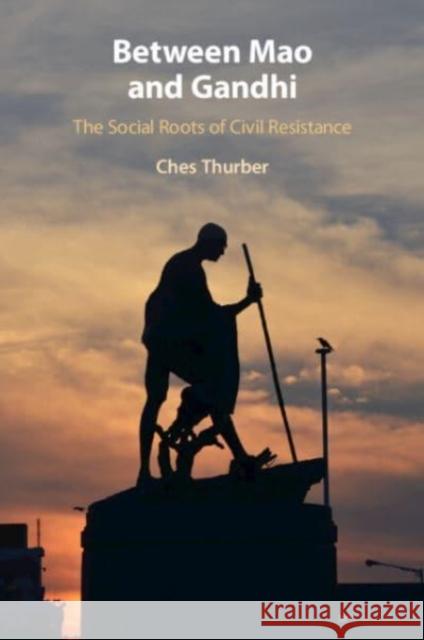Between Mao and Gandhi » książka
topmenu
Between Mao and Gandhi
ISBN-13: 9781108927840 / Miękka / 2023 / 281 str.
Between Mao and Gandhi
ISBN-13: 9781108927840 / Miękka / 2023 / 281 str.
cena 126,16
(netto: 120,15 VAT: 5%)
Najniższa cena z 30 dni: 125,17
(netto: 120,15 VAT: 5%)
Najniższa cena z 30 dni: 125,17
Termin realizacji zamówienia:
ok. 22 dni roboczych.
ok. 22 dni roboczych.
Darmowa dostawa!
Asks why some dissident movements adopt nonviolent strategies of resistance, while others choose to take up arms.











